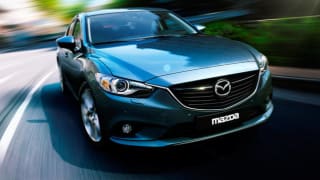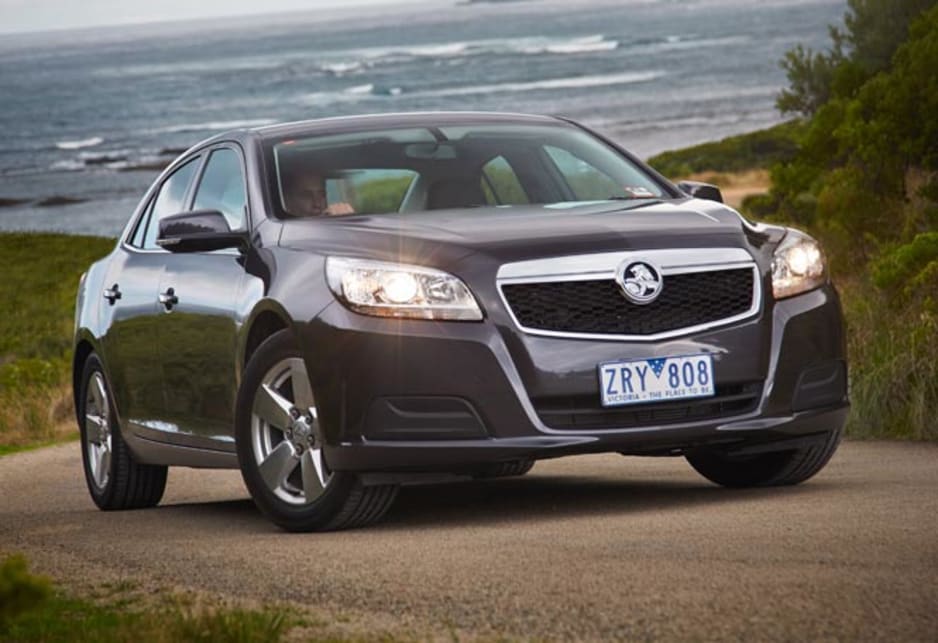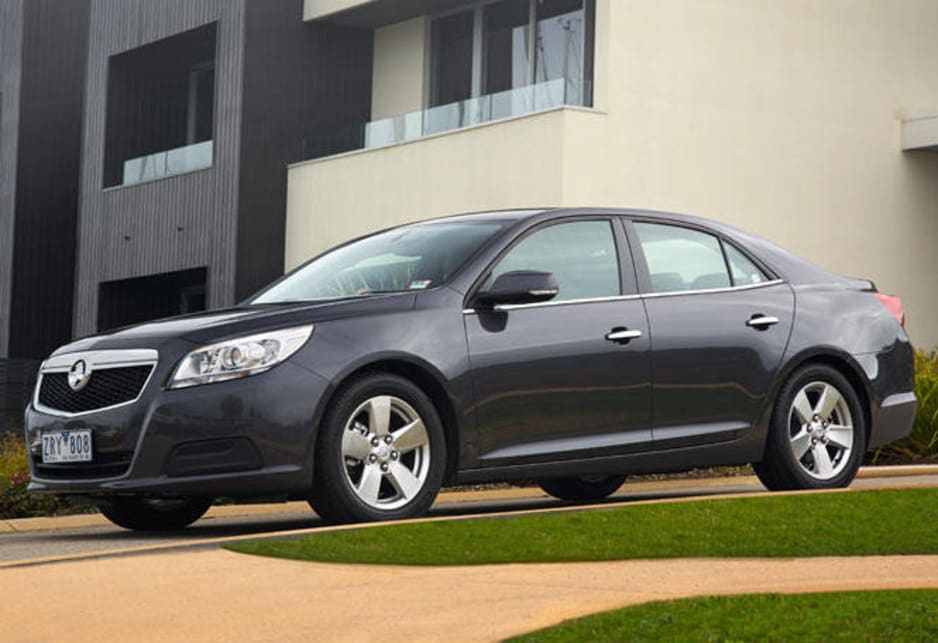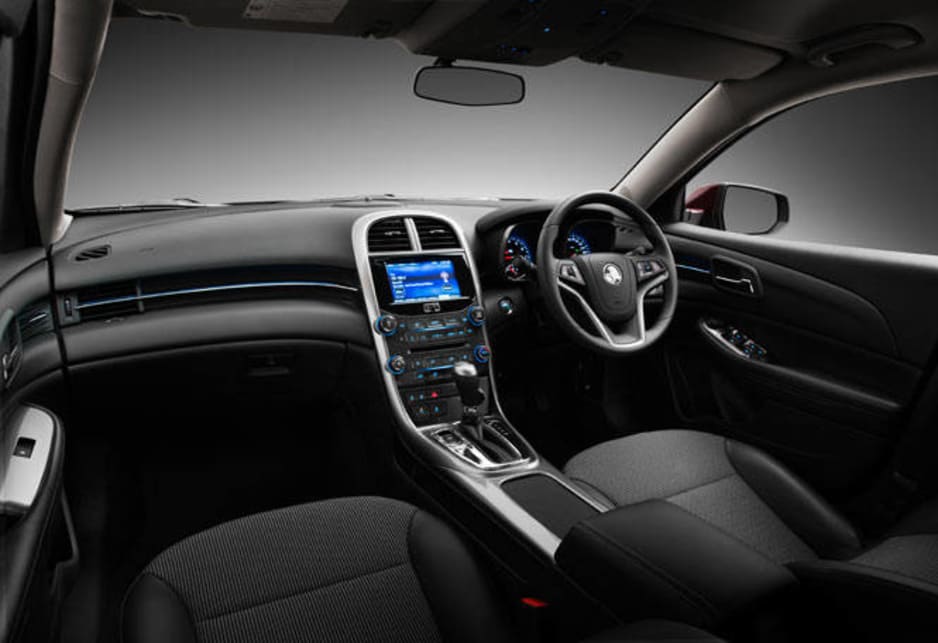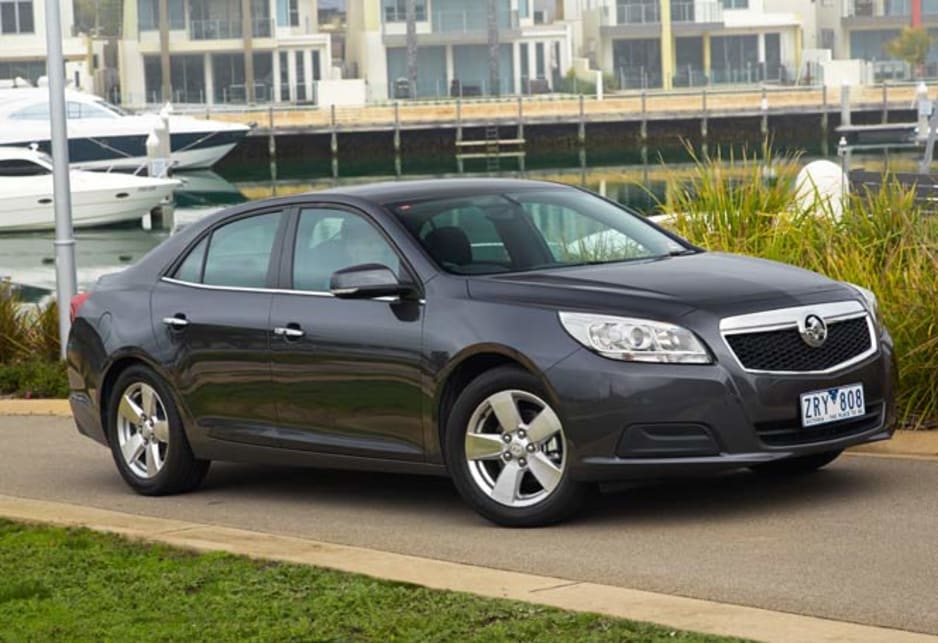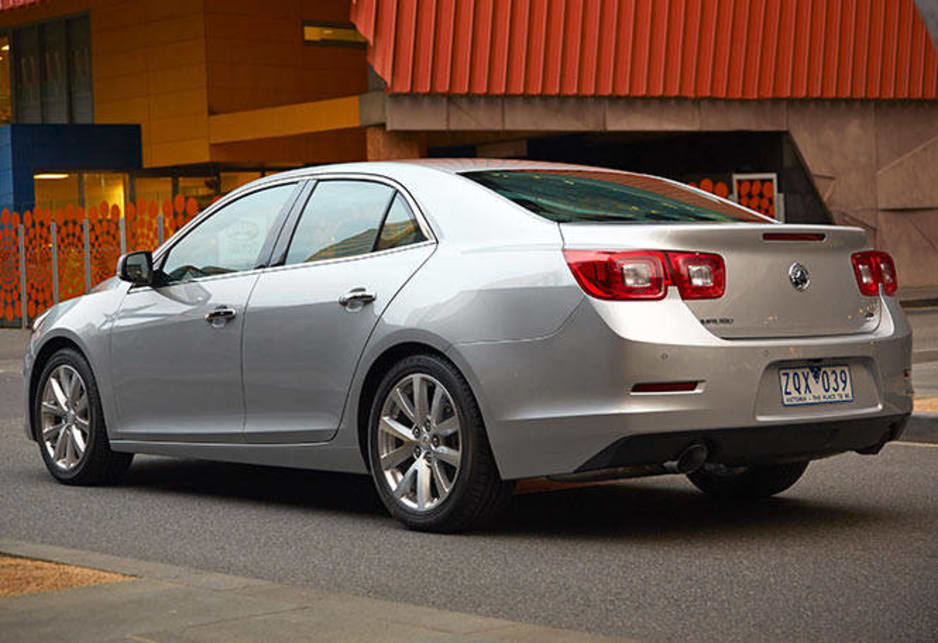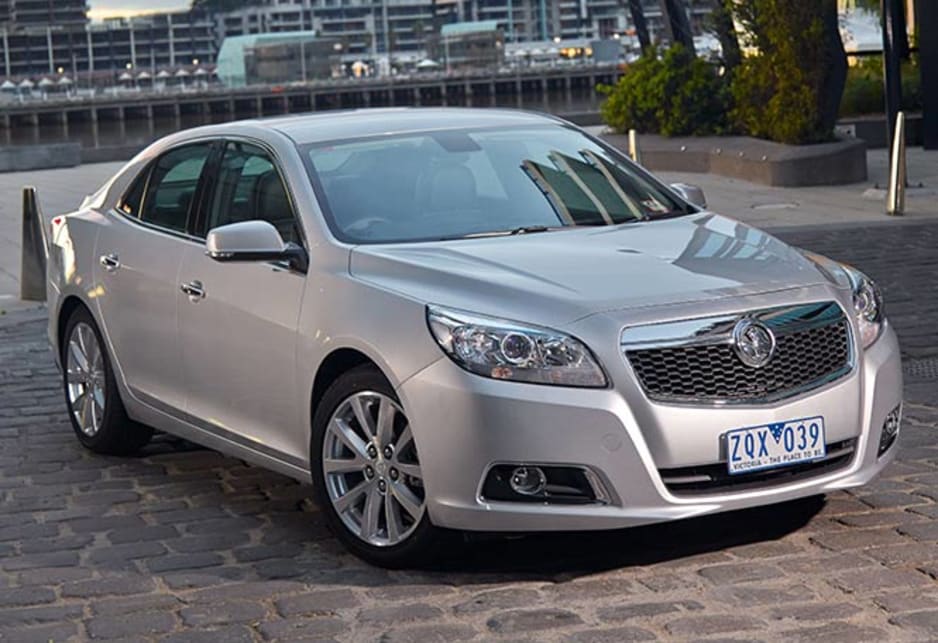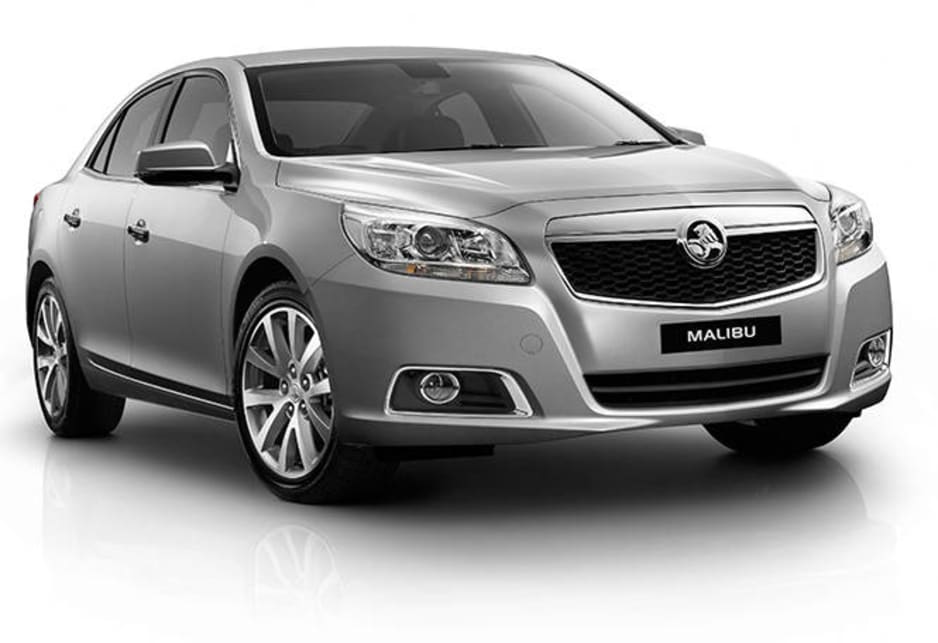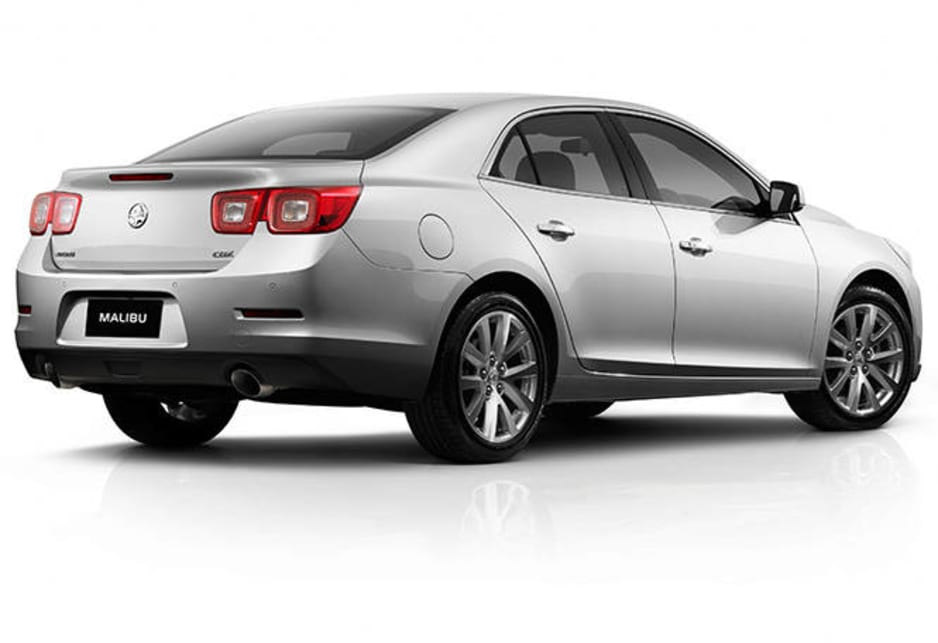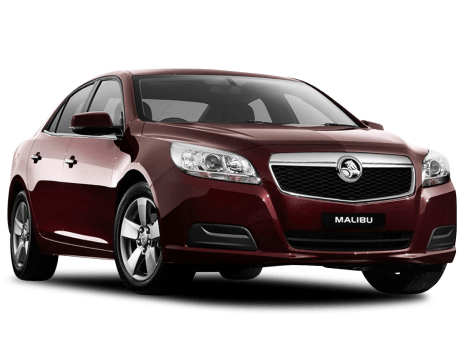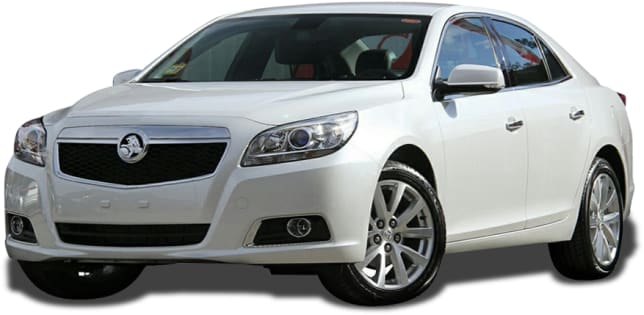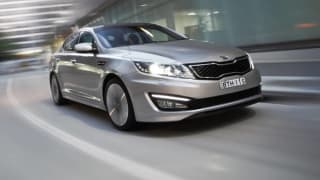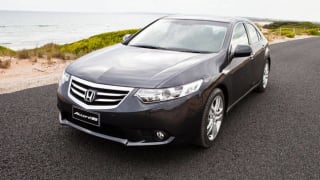In the same way real estate agents sum up the property game as location, location, location, the car industry knows the secret to success is product, product, product. Make something people want to buy.
It used to be simple because we all wanted the same thing: a large sedan. A Ford Falcon or Holden Commodore, perhaps a Toyota Camry or Mitsubishi Magna. And if a four-door didn't do the job, then the ute or the wagon or the luxury version of the same car did.
Once, our appetite for them was enough to keep four factories running. After Ford bows out in 2016, only Holden and Toyota will remain. Even so, demand for the traditional Aussie family car has fallen so dramatically there will not be enough demand to sustain even them.
For Toyota, the answer has been exports. In fact, exports are its raison d'etre and local demand is the sideshow, accounting for just 30 per cent of output. However, to keep its Melbourne assembly line running it desperately needs to add another car, something that sells strongly in this market. Its best bet seems to be the RAV4, which at the moment comes here from Japan.
Holden got burned by a reliance on exports when its parent, General Motors, abruptly killed Pontiac during its spell in bankruptcy four years ago. Commodores, rebadged as Pontiacs, were being shipped to the US in their thousands.
Its answer was to refocus on domestic sales but make another model, the Cruze small car, alongside Commodore. Holden has been explicit about its volume target to keep Adelaide running: it needs to make two cars, both top-10 sellers, so that combined output approaches 90,000 a year. That plan is working, just.
However, when the VF runs its course in a few years, simply making another one is no longer an option, even if demand holds up. Rather than Holden going its own way, as it did in the past, the new car, like the Cruze, will be selected from GM's global menu. Regardless of whether it actually has a Commodore badge on the back, it will be a GM model first and a Holden second.
Holden's newest arrival, the Malibu, is almost certain to be that car. Its life cycle has a similar cadence to Commodore, so when the VF expires around 2018 the Malibu can move in. As a nameplate it has more heritage than Commodore, dating back to the mid-1960s.
After years as a US model, in this generation it becomes GM's global large offering, sold in other markets as a Chevrolet and built in the US, China, Uzbekistan and South Korea, where our supplies come from. There is a larger car in the GM stable called Impala, but the Commodore and Malibu are closer on size.
Design
The Malibu is slightly shorter than the Commodore, by 8cm, also narrower and slightly lower. This is reflected in the cabin space. Headroom isn't an issue, although there's less legroom front and rear than in a Commodore. Malibu compensates with a 10 per cent larger boot and tighter turning circle, making it more manoeuvrable.
However, the crucial differences are in the driveline. The VF continues with six or eight cylinder engines driving the rear wheels -- the traditional format for large cars and one favoured by the private buyers who form the most lucrative seam of demand. This audience is the focus for VF, with its richer cabin and hi-tech electronics.
Malibu, by contrast, adopts GM's preferred front-wheel drive layout. It's preferred for several reasons but the crucial one here is efficiency. The extra weight involved in transferring power to the rear axle makes a front-drive car inherently more frugal.
Malibu is classified here as a medium car but, in reality, it could go in the large category if that were Holden's preference. Being medium marks it out as a rival for Toyota's fleet favourite, the locally built Camry. This is the task it already tackles in other markets, particularly the US, where the Camry is one of the most popular nameplates year in, year out.
Its weight advantage over a Commodore ranges from 40kg to almost 100kg, depending on the variant. Even the Malibu's least frugal fully loaded 2.4-litre petrol CDX trim has the edge over the most efficient Commodore.
Engines and Transmissions
Explore the 2013 Holden Malibu range
The Malibu is sold in the Middle East with a V6 but comes here only with four-cylinder engines, a 2.4-litre petrol or 2.0-litre diesel. Thanks to the cost-conscious strategies of business and government fleets, a four-cylinder is now essential to get on their shopping lists. Standard transmission is a six-speed automatic with an awkward gearchange button on top of the shifter.
Price and Equipment
The Malibu starts from $28,490 (for the 2.4 CD) and goes to $35,990 (for 2.0 CDX) plus on-road costs. It ticks the boxes: five-star safety, six airbags and the recently approved Isofix fittings that more accurately locate child seats. For the driver, there are auto headlights, power seats, button start, a rear camera and park sensors. Electronics include Bluetooth, a colour control screen, USB and app compatibility for Pandora and more.
Holden believes as a value proposition it's compelling and that may be the case for fleets. But some omissions -- such as sat-nav or voice recognition -- mean there are fewer lures for private buyers than in the Commodore.
Driving
The suspension, with Macpherson struts at the front and a multi-link set-up at the rear, was locally tuned, but the result makes the best of ordinary ingredients. You don't leap at the chance to get behind the wheel and point it at a corner.
It's adequate dynamically, but certainly not something you feel encouraged to explore. It jiggles and fidgets on country roads, so there are more comfortable touring cars. Adequate goes for the engines, too. The diesel is more driveable, especially up hills where the petrol needs to change down. But it's also noisier and less refined.
From the outside, Chevrolet design cues such as the rear lights mark Malibu out as something different in the class. The shape achieves an impressively slippery coefficient of drag figure below 0.29.
There are a mixture of finishes inside, with some shiny surfaces that would be better satin, and an unusual and not wholly successful dash feature that echoes the vent louvres. The dials are most appealing. Holden's previous offering in this sector, the Epica, is something even Holden would prefer to forget.
The Malibu should do better although the goal -- Holden says -- isn't to beat Camry. That would be a tall order with Toyota's track record. When the Commodore disappears things get more serious and adequate will no longer be enough. Then the Malibu-Commodore (Malidore?) must straddle both private and fleet demand; it will need broader appeal. It must be a top-10 seller. It's product, product, product.
